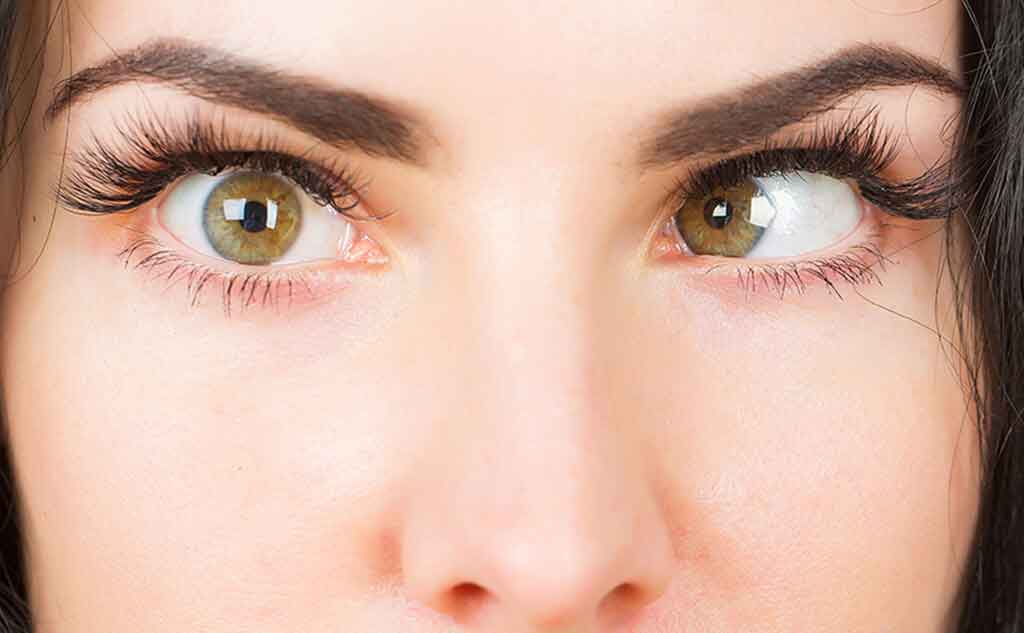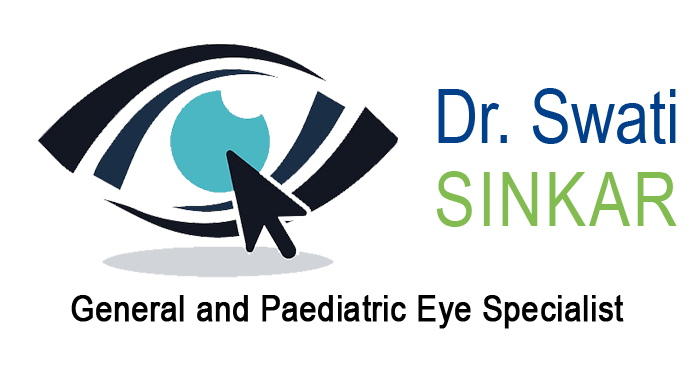Strabismus, also known as squint eye, can manifest itself in a number of different ways and presents in both adults and children. As well as affecting vision, people with strabismus can feel self-conscious about how it impacts on their appearance.

STRABISMUS SYMPTOMS
In adults with a squint, your eyes may point in different directions, or turn in or out. It could also be that your eye movements are not coordinated. Strabismus can result in double vision, reduced depth perception or reduced visual fields, and lead to headaches, eye strain and difficulty in reading,
In children with strabismus, it may be that their eyes are unable to align simultaneously, or turn in, turn out, turn up or turn down, either together or individually. This can be constant or only occur intermittently. As children do not outgrow a squint, if parents or carers observe any of these signs, a referral to a paediatric eye specialist should be sought.
Amblyopia, which is commonly referred to as lazy eye, occurs in children when a strabismus is present predominantly or entirely in one eye. Children with amblyopia should be referred to a paediatric ophthalmologist in Adelaide before the age of seven, as after this time the condition is generally difficult to treat with limited improvement. Glasses or surgery in later life will not help to rectify the vision of children who have amblyopia.
STRABISMUS TREATMENT IN ADELAIDE
There are a range of treatments available for strabismus, including eye muscle exercises, glasses with prisms, and eye muscle surgery. For children with amblyopia, a strabismus eye specialist in Adelaide will begin treatment by determining whether glasses are needed. If these do not improve vision levels, occlusion therapy, where one eye is covered so the poorer eye is forced to work harder, may be used. In some cases, strabismus surgery may be required in order to improve the alignment of the eyes, which will be performed in hospital under general anaesthetic.
BOOK AN APPOINTMENT

